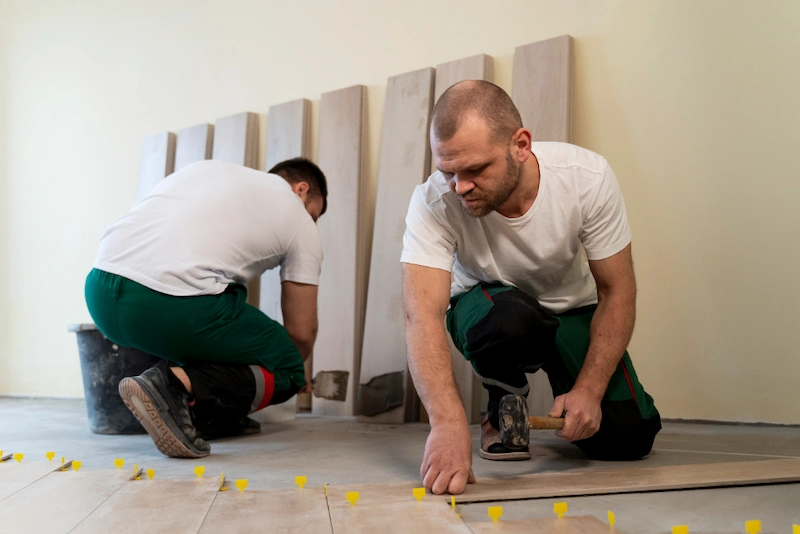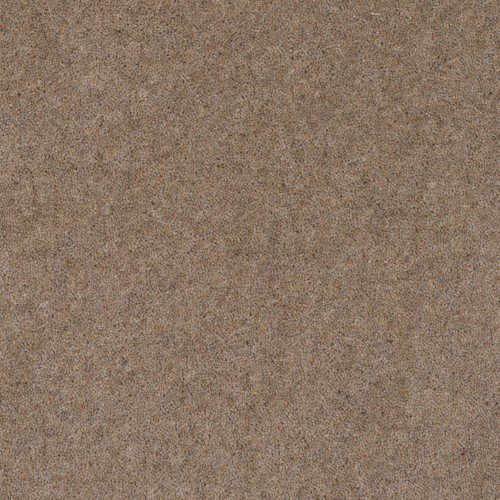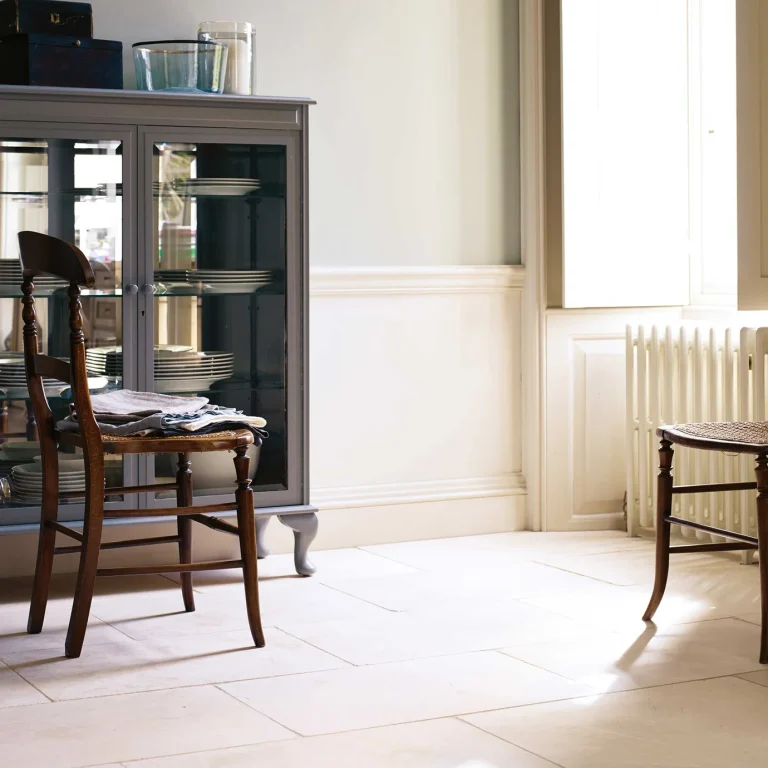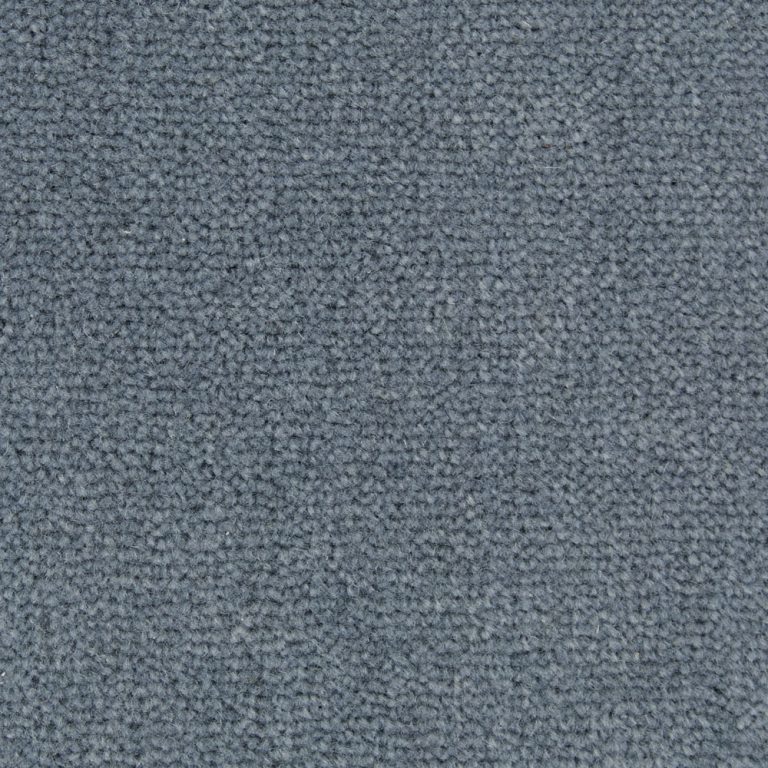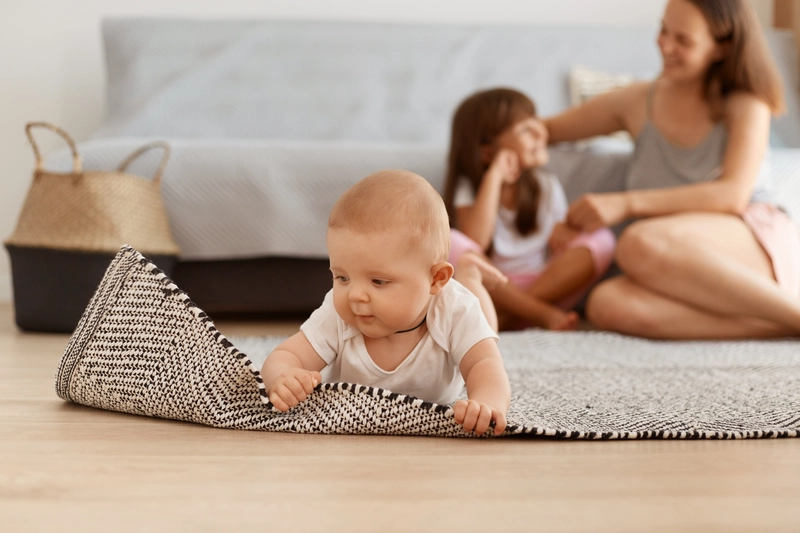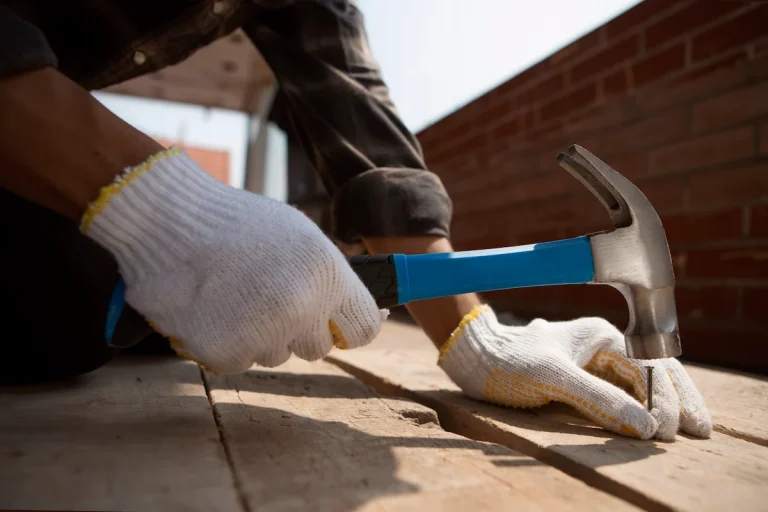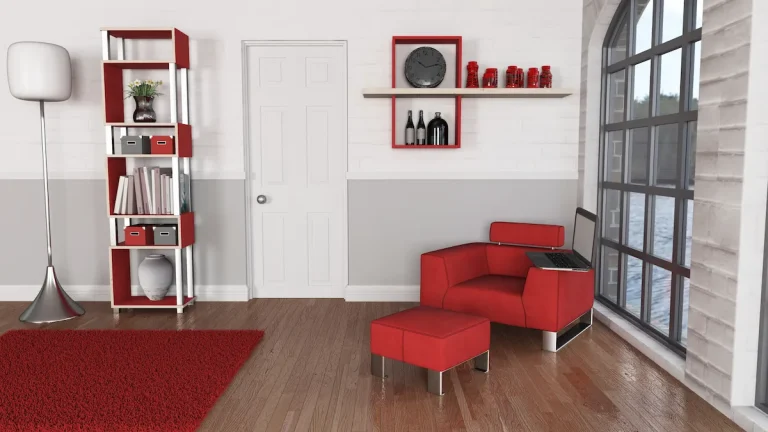Vinyl flooring has become a favored option for homeowners who prioritize durability, aesthetic appeal, and cost-effectiveness. This versatile flooring solution is used in both residential settings and commercial usage due to its various benefits. Given the variety of vinyl options available, it is crucial to comprehend the flooring lifespan and the factors that impact its longevity. How long does vinyl flooring last
This article will examine the different types of vinyl flooring, maintenance recommendations, and indicators that may signal the need for replacement. Additionally, it will address repair options, flooring maintenance tips, and best practices for disposal. Readers will gain comprehensive knowledge necessary for making informed decisions regarding their vinyl flooring.
What Is Vinyl Flooring?
Vinyl flooring is a highly versatile and resilient flooring solution that has gained significant popularity in both residential and commercial settings. It is available in various forms, including luxury vinyl tiles (LVT), luxury vinyl planks (LVP), and vinyl sheets.
This type of flooring is primarily composed of polyvinyl chloride (PVC) with a durable PVC core, and is well-regarded for its moisture resistance and durability. Vinyl flooring can effectively replicate the appearance of natural materials such as hardwood and ceramic tile, while offering superior scratch resistance and low maintenance requirements.
This makes it an ideal choice for high-traffic areas, including kitchens and bathrooms.

See product: Karndean Van Gogh Rigid Core Grey Brushed Oak (Sale)
The Types of Vinyl Flooring
There are several widely recognised types of vinyl flooring, including luxury vinyl tiles (LVT), vinyl planks, and vinyl roll flooring, each catering to diverse aesthetic preferences and functional requirements.
These flooring options are not only versatile but also designed with distinctive characteristics that render them suitable for various environments, including high-traffic areas. For example, LVT flooring is renowned for its ability to replicate natural materials such as wood and stone, providing a stylish yet cost-effective alternative.
Conversely, vinyl planks offer a more robust structure, often incorporating Stone Polymer Composite (SPC) or Wood Polymer Composite (WPC) cores, which enhance durability and impact resistance.
Vinyl rolls, in contrast, consist of a single sheet that can cover expansive areas seamlessly, making it an excellent choice for commercial applications and areas with specific traffic patterns.
Maintenance for all these vinyl products is straightforward, involving simple cleaning routines that help preserve their appearance and extend their lifespan.
Installation methods vary, offering options such as click-and-lock systems for easy DIY projects or professional installation for more complex designs, ensuring proper subfloor preparation and installation quality.
How Long Does Vinyl Flooring Last?
The lifespan of vinyl flooring can vary considerably depending on several factors, including the quality of materials, the wear layer thickness, and the intended application in domestic or commercial settings.
Generally, high-quality vinyl products from a quality brand can last between 10 and 25 years, especially when installed properly and maintained diligently.
Key factors influencing the durability and longevity of the flooring include the intensity of foot traffic, maintenance practices, and the specific type of vinyl flooring used, such as luxury vinyl tiles (LVT) or vinyl sheets.
The Factors Affect the Lifespan of Vinyl Flooring
Several key factors significantly influence the lifespan of vinyl flooring, including the installation quality, maintenance practices, and the level of foot traffic in the area where the flooring is fitted. Recognising these influences is essential for homeowners and property managers to ensure that their vinyl flooring remains both aesthetically pleasing and functional over time.
To achieve optimal durability, it is imperative to acknowledge that proper subfloor preparation and high installation quality are foundational. An inadequate subfloor can lead to uneven surfaces, resulting in potential wear and tear on the vinyl flooring.
- Wear Layer Thickness: The thickness of the wear layer is crucial in providing protection against scratches and heavy use, particularly in high-traffic areas.
- Installation Quality: Investing in professional installation ensures that the flooring is laid correctly, thereby reducing gaps and minimising the risk of damage.
- Maintenance Routines: Regular cleaning and protective treatments are vital in extending the life of the flooring.
Comprehending these components can significantly enhance the resilience and longevity of vinyl flooring.
Does the Quality of Vinyl Flooring Affect its Lifespan?
The quality of vinyl flooring is paramount in determining its lifespan, as high-quality vinyl products are specifically engineered to endure wear and tear more effectively than their lower-quality counterparts. Products like Karndean and Tarkett vinyl are known for their durability.
This enhanced durability directly correlates to value, as investing in superior materials typically results in fewer issues over time, lower maintenance costs, and an extended effective lifespan, thus enhancing flooring longevity. When selecting flooring options, homeowners should recognise that while luxury vinyl often carries a higher price point, its robust design usually yields superior performance compared to standard vinyl. This makes luxury vinyl a valuable flooring investment.
The advantages of utilising high-quality materials extend beyond mere aesthetics; they encompass enhanced warranties and increased consumer confidence. Furthermore, luxury vinyl flooring frequently features additional attributes, such as waterproof capabilities, a protective urethane layer, and rigid core LVT, making it particularly suitable for high-traffic areas.
By ensuring that flooring investments are made with high-quality products, homeowners can expect remarkable longevity and a more satisfactory overall experience, bolstered by enhanced flooring warranties.
The Average Lifespan of Different Types of Vinyl Flooring
Various types of vinyl flooring have distinct lifespans, influenced by factors such as wear layer thickness and maintenance.
The average lifespan of various types of vinyl flooring can differ considerably. Luxury vinyl tiles typically last between 15 to 25 years, while luxury vinyl planks and vinyl rolls may have a lifespan ranging from 10 to 20 years when properly maintained.
This longevity can be influenced by several factors, including the thickness of the wear layer, which serves as a resilient barrier against daily wear and tear.
- Luxury vinyl tiles are specifically designed for high-traffic areas and often feature a thicker wear layer, significantly contributing to their extended lifespan. They are available in numerous designs, including geometric patterns.
- High-quality brands generally utilise more durable materials, providing their products with a competitive advantage over generic alternatives. Brands like Karndean and Tarkett vinyl are notable for their durable flooring options.
- The method of installation also plays a critical role; professional installation can ensure a precise fit and reduce the risk of damage.
Ultimately, the interplay of these factors can greatly enhance the durability of vinyl flooring. Therefore, selection and maintenance should be key considerations for homeowners.
How to Extend the Lifespan of Vinyl Flooring?
To enhance the longevity of vinyl flooring, it is imperative to establish a comprehensive maintenance routine that incorporates regular cleaning and care practices aimed at safeguarding the flooring from scuffs and wear. Cleaning vinyl regularly is essential to maintain its appearance.
The Best Practices for Maintaining Vinyl Flooring
Best practices for maintaining vinyl flooring encompass regular cleaning, the use of appropriate cleaning products, and the implementation of protective measures to preserve its durability and appearance over time. Proper flooring care is essential for a long-lasting and beautiful floor.
To ensure that vinyl flooring remains in optimal condition, it is advisable to incorporate several essential techniques into one’s maintenance routine, including those for different vinyl construction types.
- Firstly, it is highly recommended to sweep or vacuum the floor regularly to prevent dirt and debris from scratching the surface. Utilising soft-bristle brushes can also minimise wear on the flooring.
- Secondly, employing a damp mop with a cleaning solution specifically designed for vinyl flooring can effectively remove stubborn stains without compromising the quality of the material, thus preserving the vinyl aesthetics. Additionally, applying a sealant annually will enhance scratch resistance and prolong the lifespan of the flooring, further improving flooring durability.
Furthermore, it is important to adhere to the following recommendations:
- Place heavy furniture on felt pads to prevent indentations.
- Avoid using harsh chemicals that may damage the finish.
- Promptly wipe up spills to prevent staining.
By integrating these methods into regular maintenance, homeowners can ensure that their vinyl floors remain both beautiful and durable for years to come.
How Often Should Vinyl Flooring be Cleaned and Maintained?
Vinyl flooring should be cleaned regularly, ideally on a weekly basis, with increased maintenance required in high-traffic areas to ensure its durability and visual appeal. Regular cleaning and flooring maintenance are crucial for extending its lifespan.
In households with children and pets, or in commercial environments subjected to heavy foot traffic, it is essential to consider more rigorous cleaning schedules. This is especially true for high-traffic areas like kitchens and bathrooms. In such cases, maintaining the integrity of the vinyl surface not only enhances its lifespan but also contributes to the overall hygiene of the environment, ensuring that the flooring remains both beautiful and durable.
- Daily sweeping or vacuuming is advisable to eliminate dirt and debris that may scratch the surface.
- Implementing a monthly deep-cleaning regimen using specialised vinyl floor cleaners can effectively address stubborn stains and restore the floor’s lustre.
- During seasonal changes, it is important to assess the condition of the floor; thorough cleaning may be necessary, particularly if weather conditions result in increased dirt accumulation.
Ultimately, a customised cleaning approach based on specific usage patterns can significantly extend the aesthetic appeal and durability of vinyl flooring and other LVT flooring options such as rigid core LVT and SPC.
Can Vinyl Flooring be Repaired or Refinished?
Vinyl flooring, including brands like Karndean and Tarkett vinyl, can often be repaired or refinished, depending on the nature of the damage sustained and the specific vinyl flooring solutions available to tackle these issues.
The Common Types of Damage to Vinyl Flooring
Common types of damage to vinyl flooring, including those with PVC core or WPC construction, include scratches, dents, tears, and discolouration, which often arise from heavy foot traffic or improper cleaning methods. Each of these issues can have a significant impact on both the appearance and longevity of the flooring.
For instance:
- Scratches typically occur when sharp objects are dragged across the surface. This risk can be minimised by placing protective mats at entryways and avoiding the use of high-heeled shoes indoors.
- Dents often result from heavy furniture being placed without appropriate cushioning underneath. Utilising furniture pads can effectively mitigate this concern.
- Tears may develop from accidental cuts or excessive force applied during cleaning. Conducting regular inspections and employing gentle cleaning methods can help reduce their occurrence.
- Discolouration can result from prolonged exposure to sunlight or the use of harsh cleaning agents. Therefore, it is essential to implement UV-protective window treatments and to select cleaning products that are safe for vinyl.
By understanding the causes of these damages and taking proactive measures, individuals can significantly extend the life of vinyl flooring while maintaining its aesthetic appeal.
How Can These Damages be Repaired or Refinished?
Repairs for damage to vinyl flooring can frequently be undertaken using do-it-yourself methods. This includes the application of patches for tears or the use of specialised solutions for scratches. Additionally, refinishing can revitalise older vinyl floors. Proper flooring installation and regular maintenance can prevent many types of damage in the first place.
For individuals aiming to maintain their flooring and extend its lifespan, it is essential to comprehend the intricacies of flooring maintenance solutions. Below are some key steps to consider when addressing vinyl floor repairs:
- Assess the Damage: Begin by thoroughly examining the vinyl surface to identify any tears, scratches, or stains that require attention.
- Gather Tools and Materials: The essential items needed include a utility knife, adhesive patches, sandpaper, and an appropriate vinyl cleaner.
- Prepare the Surface: Clean the affected area meticulously to ensure that any repair materials adhere properly.
- Execute Repairs: For minor scratches, utilise a specialised scratch filler. For larger damage, apply an adhesive patch by cutting it to the appropriate size and sealing it securely.
By adhering to these steps, homeowners can effectively address existing issues while also minimising the likelihood of future problems through regular maintenance, especially in high-use areas such as a guest room.
The Signs that Vinyl Flooring Needs to be Replaced
There are several indicators that suggest vinyl flooring may require replacement, including visible damage to the wear layer, persistent staining, and extensive surface damage that cannot be adequately repaired. Proper flooring selection at the outset can help extend the life of your flooring.
As time progresses, the overall longevity of flooring becomes a critical factor in maintaining both aesthetics and functionality within any space. Homeowners should remain vigilant for additional signs that indicate the necessity for replacement.
- Changes in texture: A surface that has become rough or uneven may signify age or water damage.
- Visible seams: Gaping seams and peeling edges are common wear patterns that can compromise both the appearance and durability of the flooring.
- Fading colour: Significant discolouration due to exposure to sunlight may indicate that the flooring has lost its protective qualities.
Early identification of these warning signs can facilitate timely planning for replacement, thereby ensuring a beautiful and durable environment.
How to Properly Dispose of Old Vinyl Flooring
The proper disposal of old vinyl flooring is crucial for environmental stewardship and often includes recycling options that vary based on local waste management regulations.
To prevent flooring materials from contributing to landfill waste, it is advisable to investigate a variety of disposal methods that adhere to eco-friendly practices. Recycling vinyl flooring presents an effective opportunity to reduce one’s carbon footprint, and numerous communities have established specific programmes to facilitate this process.
It is recommended to begin by researching local recycling centres that accept vinyl products, as some may offer drop-off services or collection events. Additionally, consulting with flooring retailers can be beneficial, as they may have partnerships with recycling organisations.
- Carefully remove any adhesives or underlay materials associated with the flooring, as these may not be recyclable.
- Consider donating usable pieces to local charities or home improvement programmes.
- Explore options for converting flooring materials into new products, such as components for composite decking.
Implementing these recommendations not only supports sustainable practices but also fosters a circular economy within the community.
Conclusion
In conclusion, vinyl flooring represents a versatile, durable, and cost-effective investment for both residential and commercial applications, provided that appropriate maintenance routines are implemented to ensure its longevity.
Selecting vinyl flooring enables homeowners and business owners to access a wide array of design options, including aesthetics that replicate natural materials such as wood or stone. This allows for the personalisation of spaces with elegance, while mitigating the associated maintenance costs. Popular brands such as Karndean and Tarkett vinyl offer numerous flooring designs to suit any décor.
When considering vinyl as a flooring choice, individuals can benefit from its resistance to moisture and stains, greatly simplifying upkeep. The PVC core structure of many vinyl floors enhances this resistance, making it ideal for both residential and commercial settings.
Benefits of Vinyl Flooring:
- Affordability compared to other flooring types
- Variety of styles and textures
- Ease of installation
- Low-maintenance requirements
By adhering to regular cleaning practices and following manufacturer guidelines, users can maximise the lifespan of vinyl flooring and enjoy its numerous advantages for years to come. Whether choosing SPC, WPC, or other types, the right care can keep your floors looking new.
Ready to upgrade your space with premium vinyl flooring? Look no further than TEKA Flooring. We offer an extensive selection of top-quality vinyl flooring in various styles, colors, and textures to match your unique taste and needs. Come to our showroom today!
Read also:


























